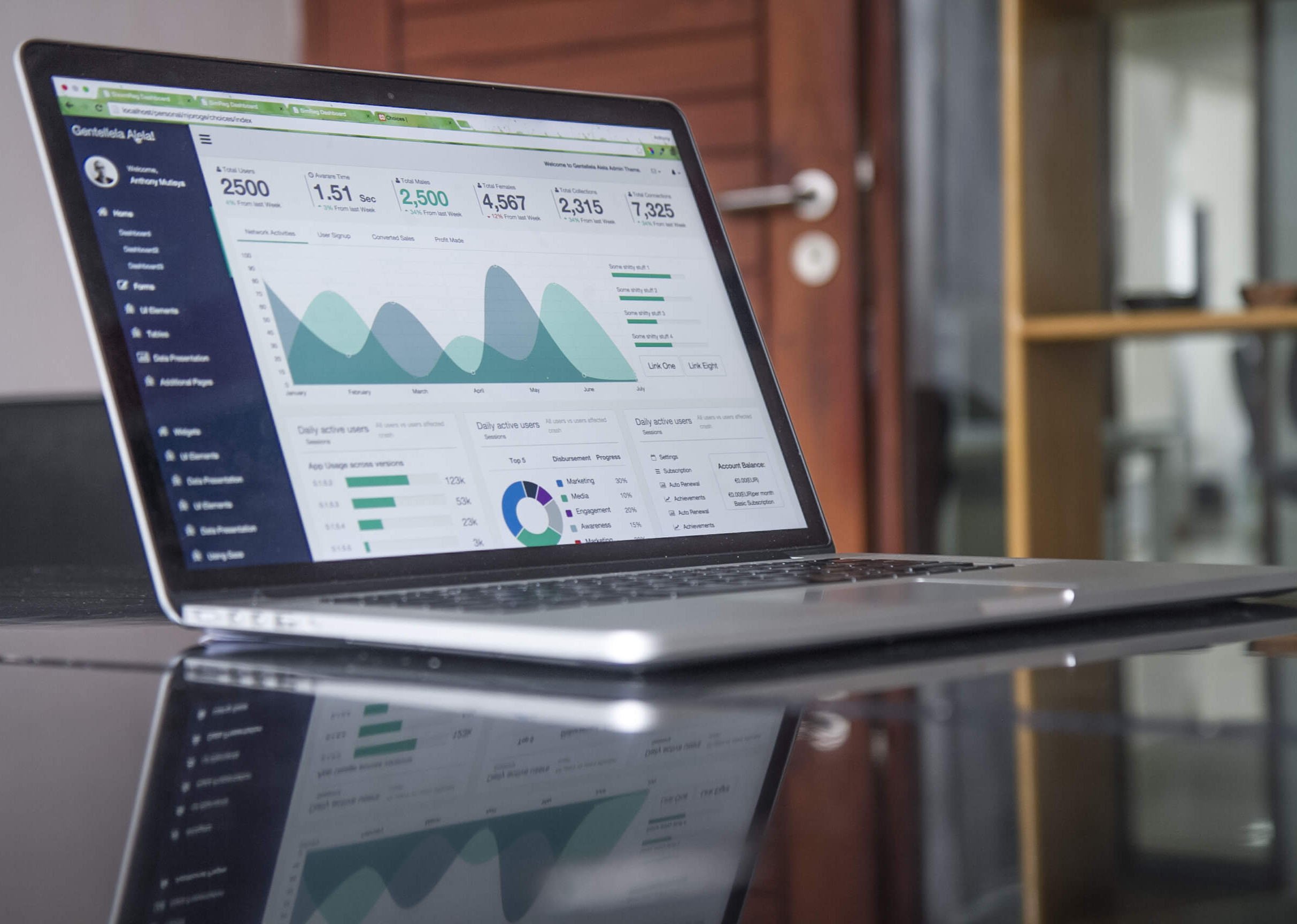How do mistakes happen?
/ Stephanie Famuyide
We all make mistakes. In fact, that’s how we learn. It’s however extremely important to understand what mistakes are, the different types of mistakes and how they happen so that we can learn from them and prevent them from happening again in the future.
There are 3 main types of mistakes:
Real Mistakes: These happen when we carry out the wrong process
Black-outs: These occur when people forget to do what they would habitually do, as part of a process
Slip-ups: In this situation, the right process is carried out incorrectly.
In addition to the human element, there are additional factors that can cause a mistake to happen. For example, equipment, workplace environment, economic conditions, weather, etc. As a business analyst looking to reduce the number of mistakes made on the job, it’s important to consider all these external factors, which on the surface, may seem not to have anything to do with the mistake that has been made.
When mistakes are made on the job, a systemic approach should be adopted in resolving the problem. Short-term fixes may only result in a ticking time bomb. It’s more effective to examine the system that allowed a mistake to happen than to blame the person who made the mistake.
In today’s fast-paced business environment, the role of a business analyst (BA) has grown significantly.
Businesses in the digital age depend on data to improve their goods and services and increase sales. Data science is the study of extracting meaningful information from massive volumes of data obtained from several sources due to increased data usage.
Medical laboratories serve as hubs of innovation, where scientific theories come alive through groundbreaking discoveries. Their success depends not only on the minds at work but also on the design of the laboratory itself. Crafting an environment that successfully integrates cutting-edge technologies, ensures safety, and prioritizes researchers is both an art and a science.
In today's data-driven business landscape, understanding the essence of business analytics is not just a choice; it's a necessity. This introduction serves as a stepping stone for beginners entering the realm of data-driven decision-making.
In today's rapidly evolving business landscape, data analytics has become a critical tool for organizations to gain insights and make informed decisions. Data-driven decision-making has the potential to transform businesses and help them stay ahead of the competition. However, to leverage the full potential of data analytics, businesses require skilled professionals who are well-versed in the latest analytical tools and techniques.
If you are looking for a future-proof career, consider becoming a data analyst. According to recent research, the job market for data analysts is expected to grow by 23% by 2031.
Business Improvement (BI) consultants are professionals who help businesses improve their performance. They can work in various industries and have a variety of specialties. So, what exactly do they do? In this blog post, we will discuss the different services that BI consultants offer and the benefits of working with them.
While most of us used to drive to the office to complete our work, safety protocols concerning COVID-19, including the need to socially distance, have led many companies to transition to a remote workforce.










The financial health of a business is its lifeblood. Every decision, from small operational costs to large-scale investments, hinges on the company's ability to maintain financial stability. In today’s competitive business environment, the ability to make informed financial decisions is more crucial than ever.